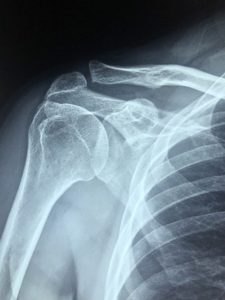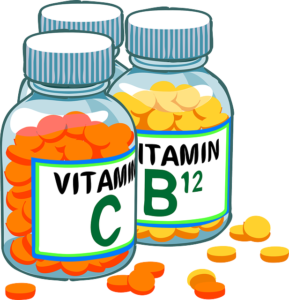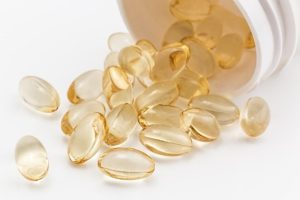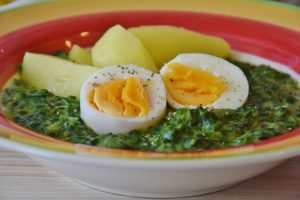The pain relieving expert talks about the building blocks of nutrition that are often forgotten, yet have such a huge impact on pain, wellbeing and clarity. The amino acids. That sounds tempting, doesn’t it? The expert preaches from his pulpit once again.
Amino acids can be divided into essential and non-essential amino acids, both of which are indispensable food components. The body cannot produce them itself, they have to be supplied with food. They are needed for many important bodily functions, such as growth, muscle and tissue development and various metabolic processes.
When I talk to people who are in pain and their eating habits, I quickly come to the conclusion that almost ALL of them have an amino acid deficiency. In other words, far too little protein (where the amino acids are contained) is consumed.
Let’s assume a person is in pain. This fact alone creates a high energy demand, as the permanent tension of the inner tissue and nervous system requires it. Filling up the stores with empty calories, such as chocolate, ice cream and biscuits, however, only exacerbates the problem.
The body has to get rid of this waste somehow – which again results in an increased energy demand.
Can I build a house if the concrete I use has an insufficient ratio of sand to cement? Can I drive a car if I use an inferior oil? Can I run a marathon if I use the next best and cheapest shoes? Yes, I can do all that. But how sustainable is it? Can I do it permanently, for a lifetime? Possibly not.
There are 3 types of amino acids. Indispensable, conditionally dispensable and dispensable amino acids. The body cannot produce the indispensable ones itself. These must be supplied 1:1. The body can produce conditionally dispensable amino acids itself, but it needs other amino acids to do so. The body produces the dispensable ones itself.
The daily recommended protein intake for adult men and women is about 0.8 g per kg body weight, for competitive athletes 1.2 – 1.7 g per kg body weight. In addition, pregnant women and breastfeeding mothers should consume an extra 7 – 10 g of protein per day.
When was the last time that 60g – 100g of protein per day was eaten consistently? Well… do any of the people in pain still remember?
The “biological value” is a number that indicates how well the body can convert the supplied protein into the body’s own protein. The quality of the amino acids plays an important role here. What I want to say is that the goal is not to flood the body with cheap, low quality protein.
The combination of different types of protein can significantly increase the value of the protein.
2 examples:
Potatoes (98) and whole egg (100) together give a value of 136 with 64% potatoes + 36% whole egg.
Soy (86) and whole egg (100) together give a value of 124 with 40% soy + 60% whole egg.
And now I will conclude by telling you how amino acids decisively support the body. Ready?
Just a very small excerpt:
-for stress and diseases of the cardiovascular system.
-in case of weakness of the immune system.
-as cancer protection.-for cirrhosis of the liver.
-in autoimmune diseases.
-in chronic fatigue syndrome.
-for pain and tissue regeneration! (anti-inflammatory and pain-relieving).
So it might be helpful, just as a thought, my dears, if the thought about an additional oral supplement is not postponed until Christmas next year. Provided you don’t reach the amount with oganically produced healthy food.
Questions or hints? Let me know.
And finally painfree…Interested? You’ll find out how to contact me. You do, don’t you?
See you next time.
Stay strong.
Matti













